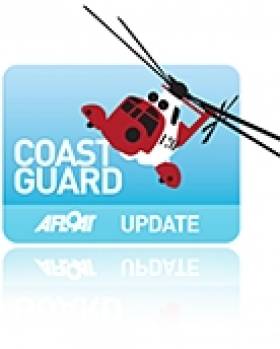Displaying items by tag: Justice Minister
According to the Justice Minister reports of hundreds of cars arriving into Ireland at ferry ports last week "don't stack up".
There has been some concern after photos emerged online appearing to show British-registered cars driving off ferries at Irish ports last week.
Justice Minister Charlie Flanagan says gardaí have looked into it, and found it not to be true.
“What was reported and rumoured in advance of the Easter weekend actually didn’t stack up,” he said.
“And the gardaí have verified that.”
He says some cars were turned back, though, and that the issue will continue to be monitored.
For more BreakingNews reports here albeit concerning the aviation sector.
EU-Wide Coastguard Would Tackle Drug Smugglers Says MEP
#Coastguard - Dublin MEP Gay Mitchell has called for the formation of a Europe-wide coastguard to tackle the scourge of drug smuggling, as Herald.ie reports.
The Fine Gael MEP said that cocaine in particular "is still entering the EU from South America" through the larger commercial ports in Belgium and the Netherlands.
He also claimed that Ireland "is losing €526m per year in revenue" due to tobacco smuggling.
His comments come as Justice Minister Alan Shatter outlined Ireland's determination to address the potential for collaboration by enhancing maritime safety, security and surveillance in the EU during the State's EU presidency.
These moves come a year after the director of the Irish Coast Guard said greater co-operation between Europe's coastguard organisations is inevitable.
As previously reported on Afloat.ie, IRCG chief Chris Reynolds told the audience at the Search and Rescue 2012 in Dublin that Europe's governments needed to develop a "sense of urgency" on the issue to deal with disasters such as the Costa Concordia tragedy.
























